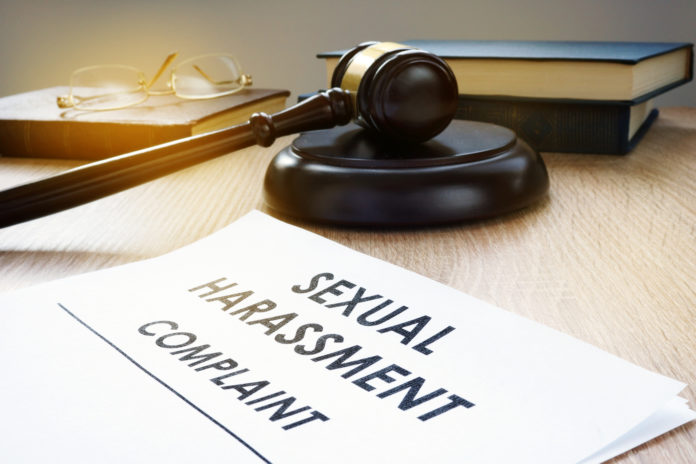As many as sixty percent of women have experienced sexual harassment in the workplace. For men, around 16.5 percent of them have experienced sexual harassment at work as well. What’s worse is these numbers could be much higher due to harassment not being reported.
Unfortunately, sexual harassment in the workplace is widespread. To make matters worse, knowing what to do when you are sexually harassed can be unclear.
Knowing your rights, what constitutes sexual harassment, learning about sexual harassment compliance training and how to stop harassment are essential We will give you all the information you need to ensure that you will always feel safe at your place of work.
Protections Against Sexual Harassment at Work
One of the greatest defenses any person has against sexual harassment is Title VII of the Civil Rights Act of 1964. Under this title, all forms of sexual harassment are illegal. This act does not make it illegal for people to harass one another.
The title instead makes it illegal for employers to allow harassment. This means that employers are held accountable for stopping sexual harassment. This means employers have to ensure a safe working environment for their employees.
Retaliation is also illegal. This means that a person who reports sexual harassment cannot face any punishment against another employee. Forms of retaliation could be a demotion or losing your job.
Types of Sexual Harassment
What is sexual harassment exactly? There are a variety of actions that constitute sexual harassment. Sexual harassment is often physical, but not all forms of it have to be.
Unwanted physical contact and sexual advances can constitute sexual harassment. While it may be less physically invasive, asking a co-worker for a sexual favor is harassment as well. Even sharing sexual stories or experiences with co-workers counts.
Some forms of sexual harassment can be perpetrated by people in authoritative positions. For example, making promotions within a company dependent on performing sexual favors.
How to Stop Sexual Harassment
There are a series of steps that you can take to stop sexual harassment. The first step would be to gather evidence.
This means documenting all harassment you experience. Whether it is physical or verbal, make sure to keep a record of it. Making sure your records are kept somewhere safe is vital.
After gathering evidence, report the harassment with your job. If your employer does not take action or does not do an adequate job at dealing with harassment, then go to the Equal Employment Opportunity Commission (EEOC). Statistics showed that there are 12% increase in the number of sexual harassment filling since 2017.
Lastly, consider getting a lawyer. Having legal help will help make defending yourself much easier.
Sexual Harassment Training
Sexual harassment in the workplace is a pervasive issue. HIPPA Exams believes that employees should know what it is and how to defend themselves from it. Everyone deserves to feel safe in their workplace.
To combat this type of harassment, HIPPA Exams provides a sexual harassment training course for all employees. If you have any other questions concerning sexual harassment in the workplace, please navigate to our “Contact Us” page.









